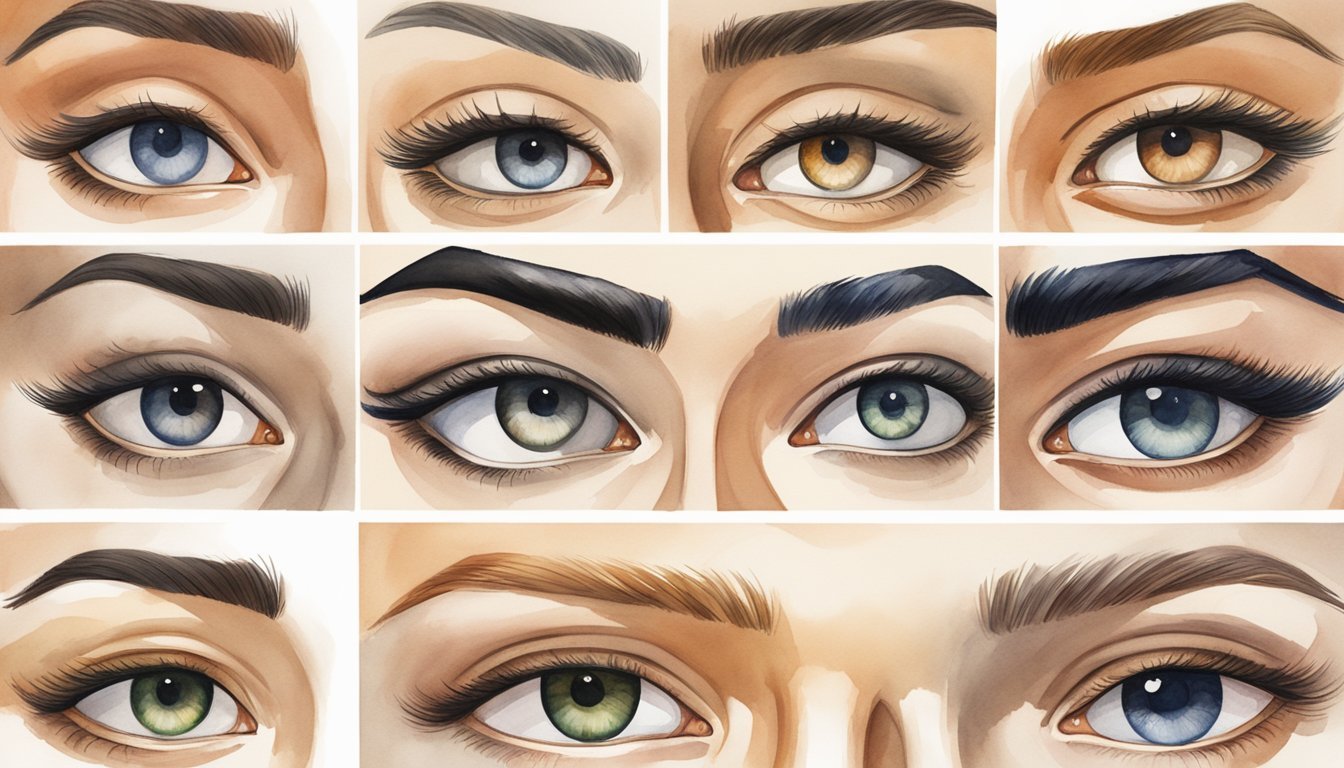The Functional Role of Eyebrows
Eyebrows play a crucial part in the overall health and functionality of the human face. They are not just a feature of aesthetic value but serve significant protective and communicative roles.
Protection Against Elements
Eyebrows are the human body’s first line of defense for the eyes against various elements. They are strategically positioned to shield the eyes from moisture, including sweat and rain, channeling them away to the sides of the face. This helps in maintaining clear vision and protects the eyes from potential irritation or injury caused by dust and debris.
Facial Communication and Expression
An often underappreciated aspect of eyebrows is their role in facial communication and expression. Eyebrows move dynamically to convey a wide range of emotions, such as anger or surprise, solidifying their role in nonverbal communication. One’s eyebrows can significantly alter the perception of their facial expressions, impacting how one is understood by others socially and emotionally.
Sight and Vision Enhancement
Besides their protective functions, eyebrows assist in sight and vision enhancement by helping to filter out excessive light. They improve the ability to focus on objects, especially in overly lit or changing conditions. By mitigating glare and reducing the amount of light that enters the eyes, eyebrows ensure better visibility and reduce eye strain.
Cultural and Aesthetic Importance of Eyebrows

Eyebrows have more than a functional role; they are deeply steeped in cultural significance and aesthetics, often influencing one’s identity and social interactions.
Eyebrows in Beauty and Grooming
The grooming and styling of eyebrows have become an integral part of beauty routines around the world. The manipulation of eyebrow shape through practices such as makeup application, waxing, tweezing, threading, and microblading is often employed to achieve a desired look. Each method carries unique historical and cultural origins. For example, threading has its roots in Asian beauty practices, while waxing is commonly used in Western countries.
Styles and preferences, influenced by fashion and celebrities, vary widely – thin, arched brows may be fashionable in one era, and fuller, more natural brows might be sought after in another. These trends can significantly affect how eyebrows are perceived and manipulated in the context of beauty.
Social and Psychological Implications
Eyebrows play a pivotal role in human interaction and emotion communication. They are essential for facial expression, helping to convey feelings such as surprise, anger, or sadness. This expressive function contributes to social dynamics and can impact the way individuals perceive each other. In many cultures, well-groomed eyebrows are seen as a sign of orderliness and attentiveness, while unkempt brows may be interpreted in various, less favorable ways.
Moreover, eyebrows contribute to personal identity and group affiliation, with certain eyebrow characteristics being more prominent or preferred within certain ethnic or socio-cultural groups. This variation reflects the diversity of beauty standards across cultures, demonstrating that eyebrow aesthetics are far from universal.
Eyebrow Modification and Its History
The practice of altering one’s eyebrows is not recent; it dates back to ancient civilizations. In ancient Egypt, darkened brows often associated with gods and royalty signaled power and were replicated with substances like carbon and black oxide. Modern techniques such as tattoo and microblading continue this tradition of beautification, allowing individuals to achieve long-lasting or permanent alterations to their brows.
In recent times, advancements in cosmetic technology have expanded the means through which individuals can modify their eyebrows, reflecting not only personal preferences but also broader societal and fashion influences. Such modifications often go beyond aesthetics, with choices reflecting one’s self-expression and cultural background.

